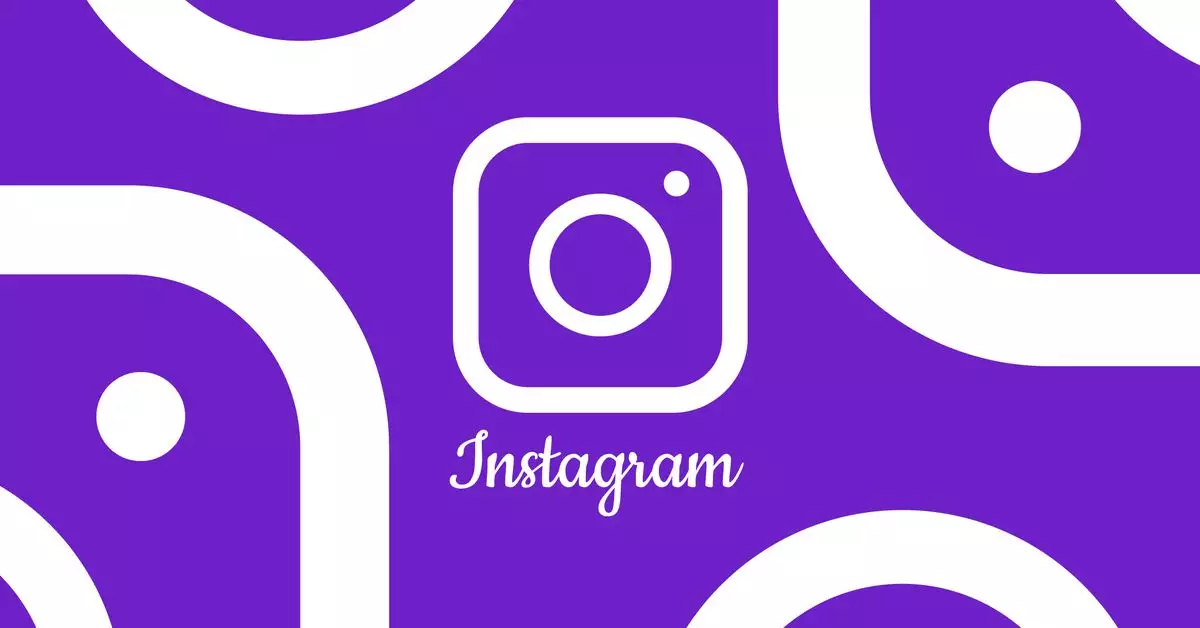The advent of social media platforms has radically transformed how content is produced, consumed, and perceived. At the forefront of this change is Instagram, a platform that has seamlessly integrated video content into its offerings. Given the myriad of factors that contribute to the quality of videos shared on this platform, a pressing question arises: Why do some videos appear blurry while others are crystal clear? Recent insights from Adam Mosseri, the head of Instagram, shed light on this enigma, revealing how the platform’s algorithm prioritizes video quality based on user engagement.
According to Mosseri, the clarity of videos on Instagram is heavily influenced by their view counts. Essentially, the platform dynamically adjusts video quality based on how well a piece of content performs in terms of views. When a video is first uploaded, it receives a basic level of encoding, which is the most efficient method for processing. However, when a video fails to captivate viewers, particularly in its initial post, Instagram will downgrade its quality to conserve resources. This practice is not merely a deficiency in the platform’s approach; rather, it is an optimization strategy that seeks to showcase content that attracts attention and retains viewer engagement.
As videos begin to gain traction, the algorithm takes note of this uptick in views. If a video garners substantial attention after its release, Instagram’s system responds by enhancing its quality through advanced encoding techniques. This tiered approach ensures that users are continually presented with high-quality content, but it raises important questions regarding the visibility of lesser-known creators whose videos might not initially attract as many views.
For creators trying to establish their presence on the platform, this algorithm represents a double-edged sword. Smaller creators face a significant challenge: their content often doesn’t get the initial engagement that larger accounts receive, resulting in subpar quality views and potential discouragement. Mosseri acknowledged that this raises valid concerns about fairness on the platform. However, he emphasized that user interaction is predominantly driven by the quality of the content itself rather than the technical quality of the video. As such, creators may need to focus more on crafting compelling narratives or visually stunning content to boost initial viewership.
Moreover, the platform’s focus on more popular videos invites a conversation about visibility and equity in content sharing. As Meta itself acknowledged in a prior statement, the sheer volume of videos being uploaded—estimated at four billion daily streams on Facebook alone—means that only a select number of videos can be fully optimized for quality at any given time. This sets a challenging landscape for new entrants in the realm of content creation.
While the adaptive video quality practice on Instagram reflects a sophisticated algorithm designed to enhance user experience, it simultaneously complicates the landscape for emerging creators. For the platform to truly embody its promise of fostering creativity and accessibility for all users, greater emphasis may need to be placed on ensuring that even newer or less-followed accounts can compete for quality visibility. As the social media landscape continues to evolve, the balancing act between technological efficiency and equitable opportunities for creators remains crucial for Instagram’s future trajectory. In the end, it may be necessary for both the platform and its users to adapt continually to this rapidly changing environment.


Leave a Reply